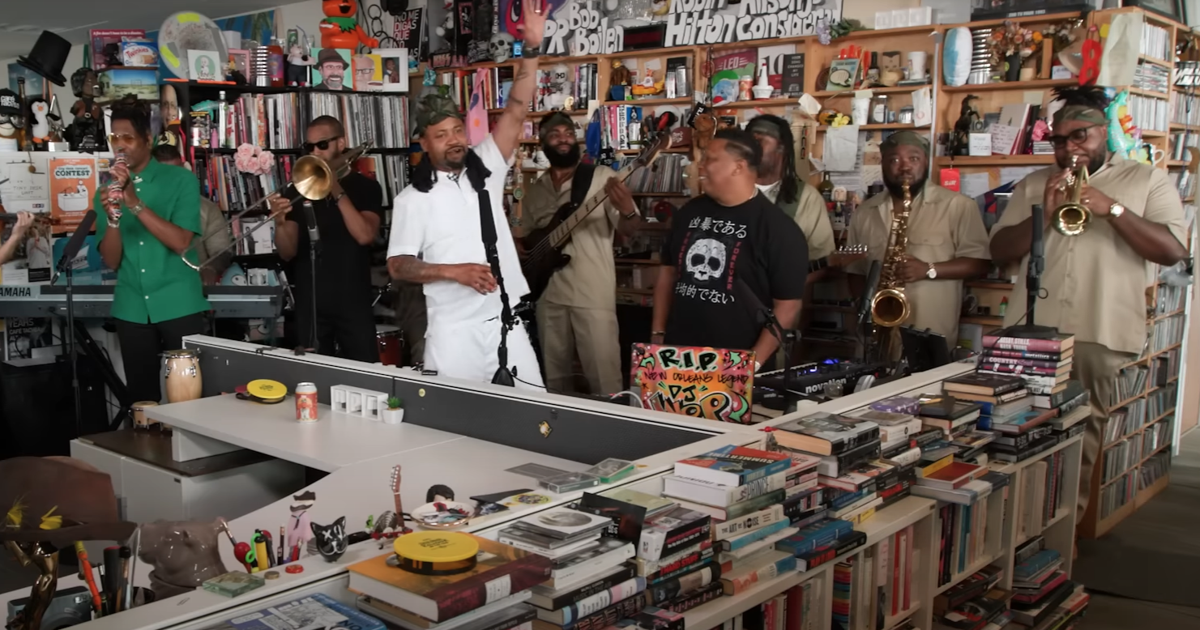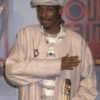
This week’s issue of Gambit is dedicated to hip-hop — and New Orleans’ unique, pivotal influence on its history as the world-changing culture celebrates its 50th birthday.
When DJ Kool Herc set up his turntables for his little sister’s back-to-school party on Aug. 11, 1973, the Jamaican-born resident of the Bronx couldn’t have known he was about to help create a new genre of music, much less a global phenomenon that would change the world as we know it.
New Orleans’ place in that phenomenon cannot be overstated. The Meters, The Gaturs and Allen Toussaint are some of hip-hops’ most sampled artists. Early local pioneers like DJ Slick Leo, Mannie Fresh and Mia X took the sound coming out of New York and put a distinctive New Orleans spin on its beats, rhyme schemes and swagger. Cash Money and No Limit dominated much of the ’90s and early 2000s, and bounce has become so ubiquitous even Canadian pop singers like Drake are trying their hand at it.
Although best known for its music, hip-hop culture extends far beyond its distinctive rhythms and sounds. It’s a revolutionary arts movement, an industry-disrupting fashion aesthetic, an expression of self through dance. And just as DJs used samples and record scratching to blend funk, rock and classical to create new sounds, hip-hop has restructured all pieces of our culture to give us a completely new view of ourselves and the world.
In the world of fashion, hip-hop’s influence altered everything from sneakers to couture ball gowns. Likewise, it has reshaped the art world, influencing artists like Basquiat and Banksy, forcing an appreciation for graffiti and other public art long absent in America.
Hip-hop has even influenced politics. As local rapper Pell told Gambit’s Jake Clapp, hip-hop long ago became “the voice of the people.” In the 1980s and ’90s, groups like Public Enemy, NWA and Boogie Down Productions used their lyrics to fight racism, poverty and police brutality. In the ’90s, rappers like Mac Phipps chronicled the struggle against poverty and violence facing Black communities from the 7th Ward to Oakland, California.
From Tunisian MC El General’s “Rais Lebled” becoming the anthem of the Arab Spring to Belfast-based Irish language rappers Kneecap demanding a free and united Ireland, hip-hop has become a universal language of protest and change.
In a way, hip-hop’s rise was inevitable. It sprang to life in a post-Jim Crow world that had grown considerably smaller, yet more filled with information and demands for change. Schools across the country desegregated, and biracial relationships became not just legal, but commonplace. Younger members of Generation X and elder Millennials became the first Americans to come of age in a world where old lines that separated Black people and white people blurred or even disappeared, at least for them.
Hip-hop culture accelerated that process, slow and complicated as it may be. And, as the students of Ben Franklin showed this year when they walked out in defense of trans and gender nonconforming classmates, young people are quicker to stand up for human and civil rights.
Hip-hop has done a lot in its first 50 years. We can’t wait to see what the next half a century will bring.
This post was originally published on this site be sure to check out more of their content.








